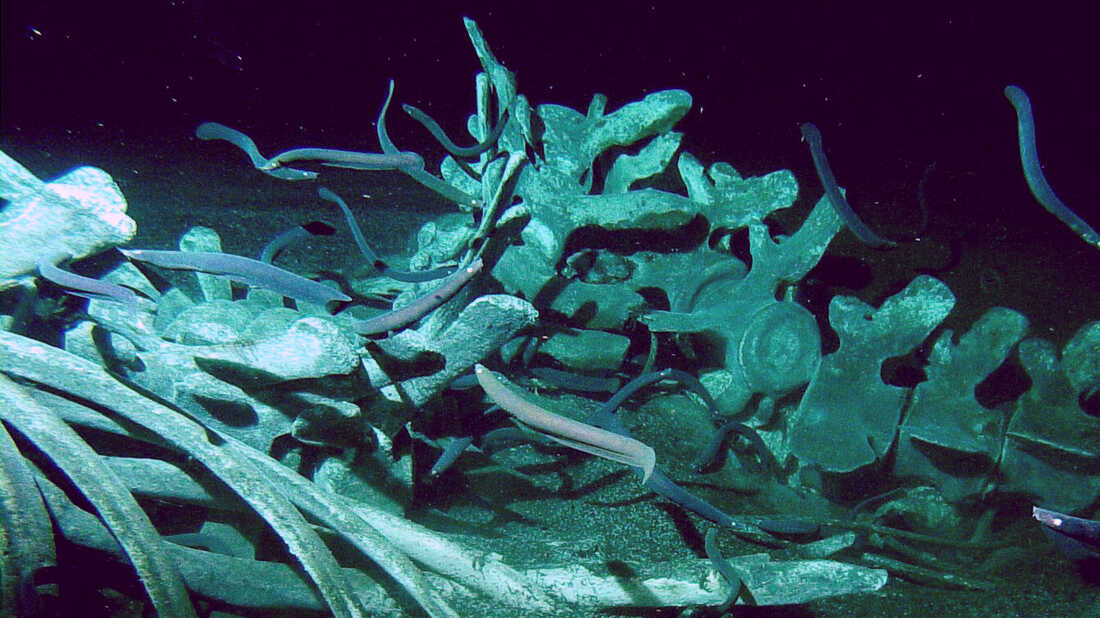Artists research:
Sunday, 10 January 2021
Development: Portrait & Identity
Wednesday, 6 January 2021
Development: Anthropocene
Development: thinkings and reflections
But also now the second one too: LO2 – Display development and synthesis of your own individual creative responses and communicate your ideas through the use and manipulation of materials and processes with the informed use of visual language.
Presentation Research
Q: “Beyond the stratigraphic discussion, the Anthropocene can be felt as a call to re-imagine the human through biology and geology” (Davis & Turpin 2015: p.20). Discuss how two artworks have ‘re-imagined the human’ in this context.
1. Jae Rhim Lee, Infinity Burial Suit, 2011
Think of the relationship between body and environment
2. What is the Anthropocene
Reading/text
3. Caspar David Friedrich, The Sea of Ice, 1823-24
wild Nature as a mirror to the psyche of the individual artist turmoil
4. Pinar Yoldaş
5. Reading
‘Introduction’ to H. Davis & E. Turpin (2015) Art in the Anthropocene. London: Open Humanities Press.
Reference:
how-the-mushroom-death-suit-will-change-the-way-we-die-a52f486dc816
eco-visionaries-ra-design-exhibition
the-anthropocene-project-captures-humanitys-indelible-mark-on-the-planet
anthropocene-the-human-epoch-review.html
Mini presentation: 2 min describing the q & theory context 2 min Describe analysing the artwork 2 min the other artwork 4 min situating and comparing/ contrasting artworks to theory and question
Sunday, 15 November 2020
Research File: 3D
1. Phyllida Barlow
2. Franz West
Franz West's abstract art, similar to Barlow's Untitled in 2018. I can't really understand but I am interested in the shape of these sculptures. I like he made large pieces and illustrate them outdoor. This picture shows the relationship between nature and manmade art. They are matching together as the background is a part of his work.
3. Erwin Wurm
Antony Gormley's work in 1980-81, called as 'Bed'. It made by thousand loaves of bread and chewed into being. His wife preserved them in wax and assembled. It looks like a king size mattress. Think of the materials he used, is very unusual and normal at the same time. Bread us a everyday product and the most basic food. According to Cormley, bread symbolises the body. As an inspiration, around the topic of identity and the connection of human body and our lives, I am thinking I might use something like bread as the main material to make my art piece. Rather than create a painting, I think using this kind of objects to create a 3D piece might be exciting. Let's think of the eggshell. Eggs are one of the daily product like breads, the are cheap, so it is quite common to see in everyone's home. The focus of this time project is 'Elbow'. I think it can represent human as a portrait. I found elbows can never be flatten, the eggshell reminds me its shape. At the same time, the colour of eggshell is so similar to human skin. Therefore, I think it will be a good idea to experiment.
Tuesday, 10 November 2020
Reflection: MaP workshop
I was new to Premiere, so I practised a few more times after the workshop. I found two videos on Youtube, download them using an internet converter. Then I used Premiere to switch the sound of these two videos. My first experiment was using the fight scene in 'Eva 01 Vs Sachiel' in Neon Genesis Evangelion, and added the music 'Fly Me to The Moon'. The aim is to create something fun, then I did it. This smooth song has a strong contrast with the intense fight. 'Fly Me to The Moon' lets people associate chill afternoon with a nice view of sunset, slow and comfortable song. I used it to change the beat of the fight. I was satisfied if it was the first time. I would like to be more familiar to Premiere then I can make the music match better to the actions. At the moment this video looks like recreated nonprofessionally. I want to show an effect of slow-motion just changing music. If it can not match, I should consider changing other music.
Research File: Life Drawing
1. Dryden Goodwin
Whale Carcasses
From birth to death, whales belong to nature. These ancient creatures come back to the ocean and their bodies benefit other sea species. Evi...

-
From birth to death, whales belong to nature. These ancient creatures come back to the ocean and their bodies benefit other sea species. Evi...
-
I am writing this blog about curating including research of a show in the real world that I think has been curated well. I have been v...
-
After I finished customising my Home page, I moved on About page to change the image and began to write my Bio. I added my Logo to the left-...


















